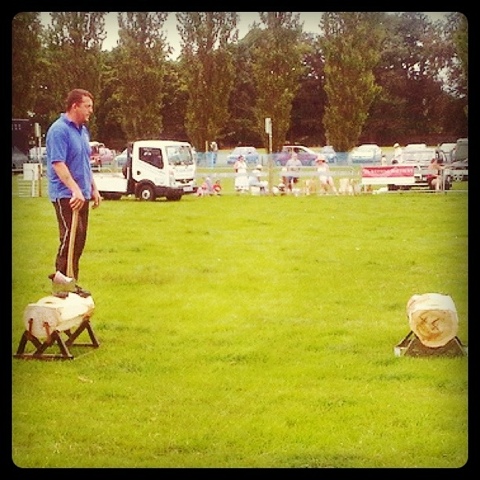
Some time ago I discovered I was a baritone, thanks to the musical abilities of Cormac when I met him for the first time at Ravensbourne College. Cormac visited us at Alton College for a second time, along with colleague Nick to discuss further how we will develop our use of social media. One of the agreed outcomes of this work will be to publish some of our experiences through a number of conduits for others to make use of. This is my first entry related to this particular project, and offers some content worth thinking through more deeply.
Right at the start of the session, Nick used a phrase that really struck home in relation to our potential use of social media:
“Enabling students and staff to engage confidently in an open environment”
Enabling
It’s all about enabling. Everything we do is about enabling. In other words, building skills, knowledge and abilities. We probably think we do it very well (indeed, Ofsted agree that this is the case), but we perhaps don’t do quite as well when you translate this into ensuring that our learners and our staff obtain (or possess) the necessary skills to learn, work or socialise safely, effectively and confidently in online spaces.
Engaging confidently
This is the biggest challenge in my view. For most of our staff – both teaching and support – the number of myths surrounding social media far outweigh the perceived benefits. Our staff development plans and activities must adapt to build staff confidence. Accompanying this is the need for greater sharing of good practice. This is something that has traditionally been slow – largely due to the silo effect. We’ve got pockets of great things happening, but cross pollination is limited (or at least has been – but Mahara is really helping turn this around!). This isn’t a unique characteristic, and it’s something I’ve seen in many other organisations too. Indeed, conversation with those who choose to innovate usually indicates that sharing of ideas is more likely to occur between innovators in different organisations than in the same institution. Maybe we are missing the right platform? People come together from different departments on too few occasions for rapid and continued change to occur. If I were referring to Kotter’s change model, I would also consider generating more urgency – establishing the need for change, the need to do something different.
An open environment
Another big challenge. We have a few good examples of writing in an open context – writing about what we do and some of our achievements. We do this through our web site, and we do this in partnership with a number of other organisations in order to inform and support others. In these cases, it’s evident how much value can be found in open activities where outcomes are shared. However, these instances are not the majority. For the most part, much of what we do is in closed groups, whether that be in relation to the curriculum, or our in the activity of our supporting departments. As such, our staff and students have yet to become used to the idea of publishing select content openly. Equally, they have yet to feel at home in an open online community space.
I’ll be writing occasionally about our experience as we continue our work with Bright Beehive in developing our approach to social media, and writing about these experiences here. Both Nick and Cormac write about their own experiences, leadership and social media work in their blog.